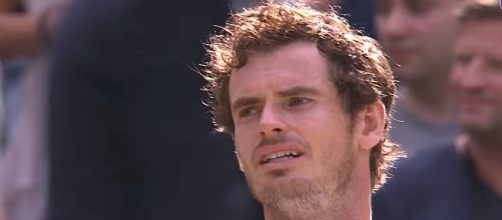Andy Murray ended the 2016 season as the No. 1 male tennis player after a surreal finish to the year. A year later, the No. 1 Brit will end the year ranked 16th in the general rankings. It's been a rough year for Murray and what could have been his own chapter in tennis history rapidly went off script. A hip injury caused his schedule to suffer, and currently, he finds himself with no official match under his belt since that Wimbledon quarterfinal rubber which he lost to Sam Querrey.
Murray failed to resume action prior to the US Open, and that was the sign that some drastic measures must be considered.
For 2018, Andy Murray's complete schedule remains a wild guess as his comeback has been surrounded by doubt and uncertainty.
There are no easy comebacks
What the world saw in 2017 is hard to describe as a regular fact, not after what Federer and Nadal brought to the game of tennis. Both had surreal comebacks in what was an even split of glory. However, they benefited from a launched start in Australia. Winning big at the Australian open, they put away some of the pressure allowing themselves to play freely.
A similar path is what Andy Murray has to consider in January. A strong showing in Brisbane and then a deep run at the 2018 Australian Open would function as a solid foundation for the months to come.
Moreover, he will put an end to what has been a free-falling experience in the rankings. Should Murra lacks success in the first part of 2018, he might get crushed under the pressure.
Playing an exhibition match against Federer and then a quick appearance in London (training with Dominic Thiem) prior to the Nitto ATP Finals had one thing in common; Andy Murray seemed far from being perfectly fit. His hip issue might impact his future game plan too. Commonly known as a well-established baseliner, Murray used to love all that grind long rallies gives. Now, he might want to try adding more dynamism to the recipe.
A long break gives plenty of time for introspection
Now 30, Andy Murray's race to greatness has been brutally stopped.
Spending several months outside the ATP circuit may have a silver lining. He might start prioritizing his schedule by playing fewer events throughout a season.
The hip injury wasn't his only health issue. Earlier this year, he was forced to skip the Masters 1000 in Miami due to an elbow injury. It's hard to think that there is no connection between a weakened fitness level and the grueling schedule he had to endure in the second part of 2016. That marathon certainly took its toll.
Both Federer and Nadal resumed their careers adding some novelty to their tennis. Federer came back with a freshly-weaponized backhand while Nadal worked hard on that first serve. Maybe Murray will bring something new too, a change to help him in the key moments of a match.


